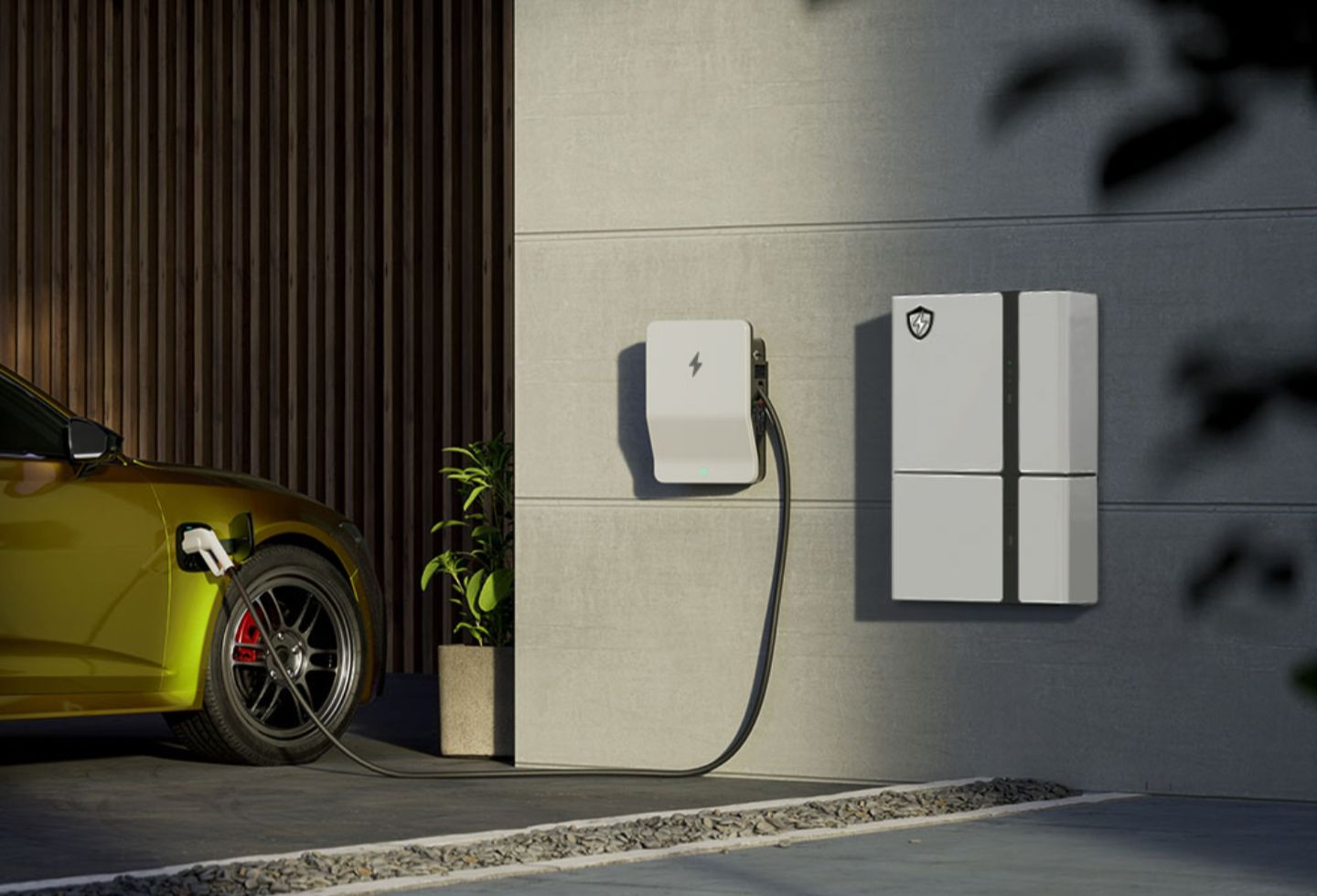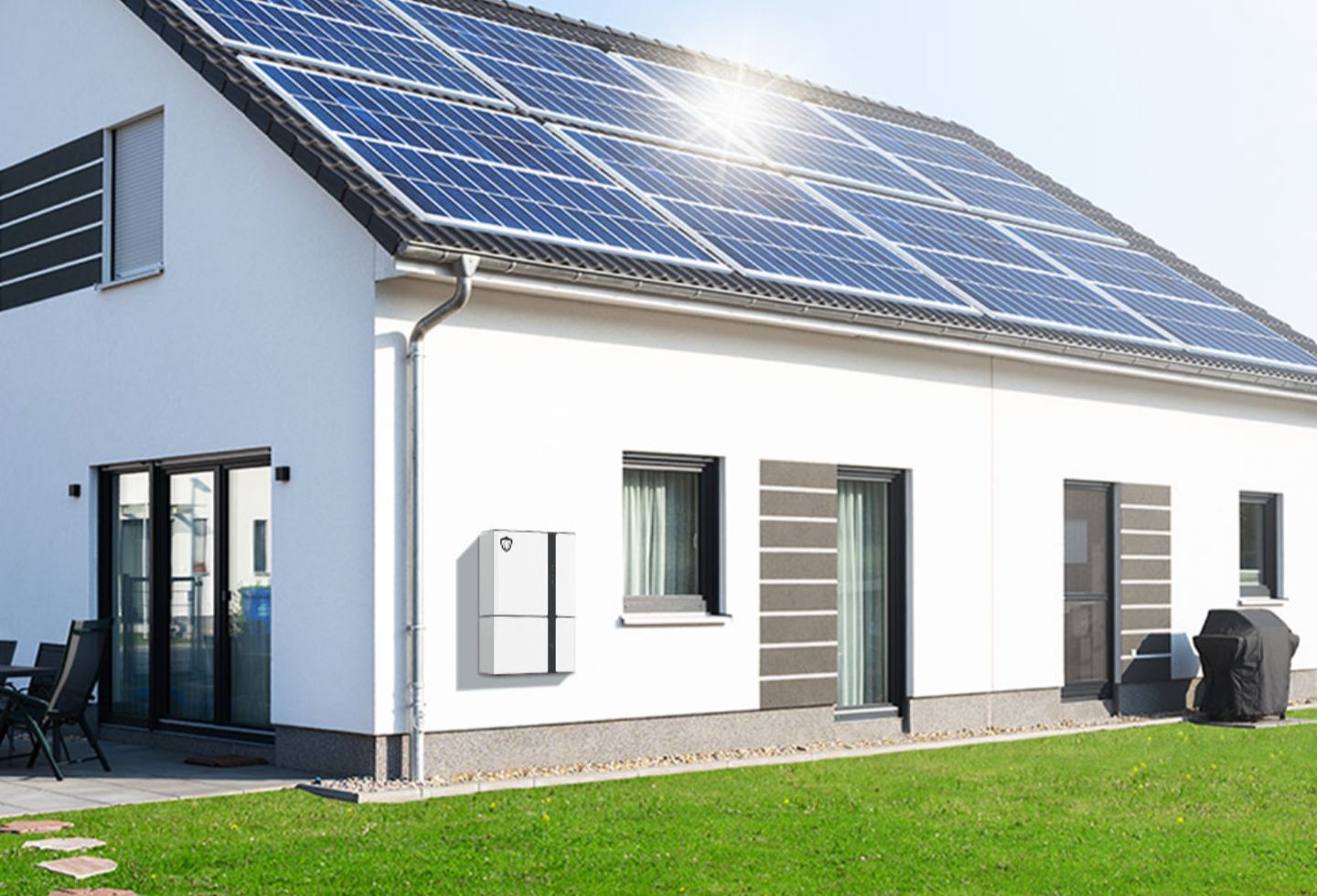When it comes to making a home more liveable, improving value and delivering wins for the environment, energy independence in the form of solar panels and batteries is the hottest trend around. A new Federal government scheme to make energy storage more affordable across the suburbs is also going to fire up the market, putting low carbon living within reach of the average homeowner.
The scheme also addresses the reality that having high, ambitious climate targets is only part of the solution for making collective progress to net zero. As James Hetherington, CEO of Solar Battery Group discussed in a recent podcast, it is the action taken at the level of individual businesses and homes that will really shift the dial.
Featuring federal Minister for Climate Change, Chris Bowen and the CEO of the Smart Energy Council, John Grimes, the podcast conversation explored links between home electrification, on-site renewable energy and increasing the number of solar energy storage batteries in the community.

Australia currently has one of the world’s highest rates of rooftop solar adoption, however, the production of solar is not always aligned with the times people use the most energy. That’s why the federal government recently launched its Cheaper Home Batteries Scheme.
“There are over 10 million Australians – four million households – that have solar panels on their rooftops today. And the good news is that every single one of them is eligible for this scheme,” John Grimes explained.
The rebate brings the cost of a battery down by 30 to up to 60 percent off, making them much more affordable. It also means the payback from both batteries and solar becomes extremely attractive. As Chris Bowen noted, for smaller households it could see energy bills reduce to near zero. This scheme will reduce in value each January by 10%, so now is the best time to maximise savings.

“This is about liberation. It’s about freedom. It’s about personal choice. It’s about actually really slashing the power bills and closing the loop,” Bowen said.
Where households adopt solar and batteries as part of a whole home electrification approach, for example retrofitting an electric heat pump for hot water and an induction cooktop to replace gas hot water and gas cooking, then there is the opportunity to achieve near minimal utility bills.
John Grimes says that ideally, households should opt for the largest battery they can afford while the scheme is available, because it will be more cost-effective than trying to upsize battery capacity down the track.

It is also extremely important to verify the quality of the battery, and the government has ensured the scheme is rolled out responsibly and retains proper checks and balances.
“There are consumer protections in that you know products need to be fully tested before they’re eligible, and installers need to be properly accredited before they can go forward,” John Grimes said.
James Hetherington noted that Solar Battery Group have seen first-hand how the household and small business solar market has grown.
The company has been providing tested and accredited battery products since they first became available in the Australian market, as part of a broader suite of renewable energy and electrification solutions.

In addition to solar PV systems and storage, its nation-wide services include technical advice and inverters, pool pump controllers, heat pumps and for Victorian customers, energy efficient reverse cycle air conditioning systems under the Victorian Energy Upgrades scheme.
As Australia waits to see if the nation’s pitch to host COP here is successful, Chris Bowen reflects that having high uptake of the battery scheme would show what a successful net zero transition can look like.
“This is moment of hope. It’s a moment of individual action. It’s about celebrating our success and doing it in a uniquely Australian way,” he said.
Solar Battery Group have dedicated energy experts available to discuss your suitability for the program, available on 1300657529 or visit here for more information.

